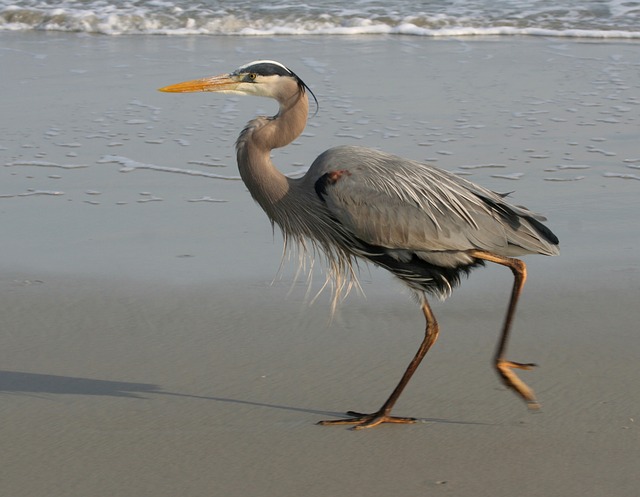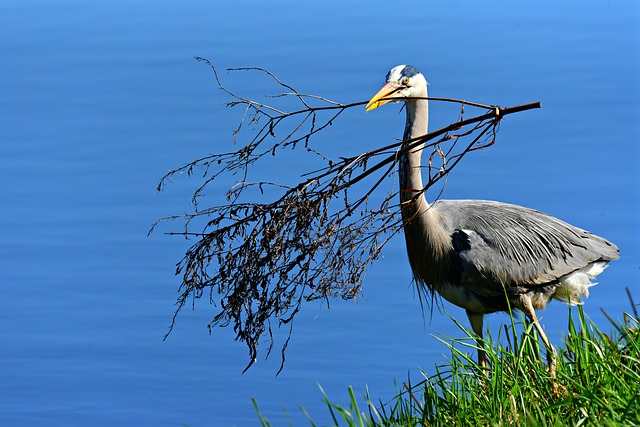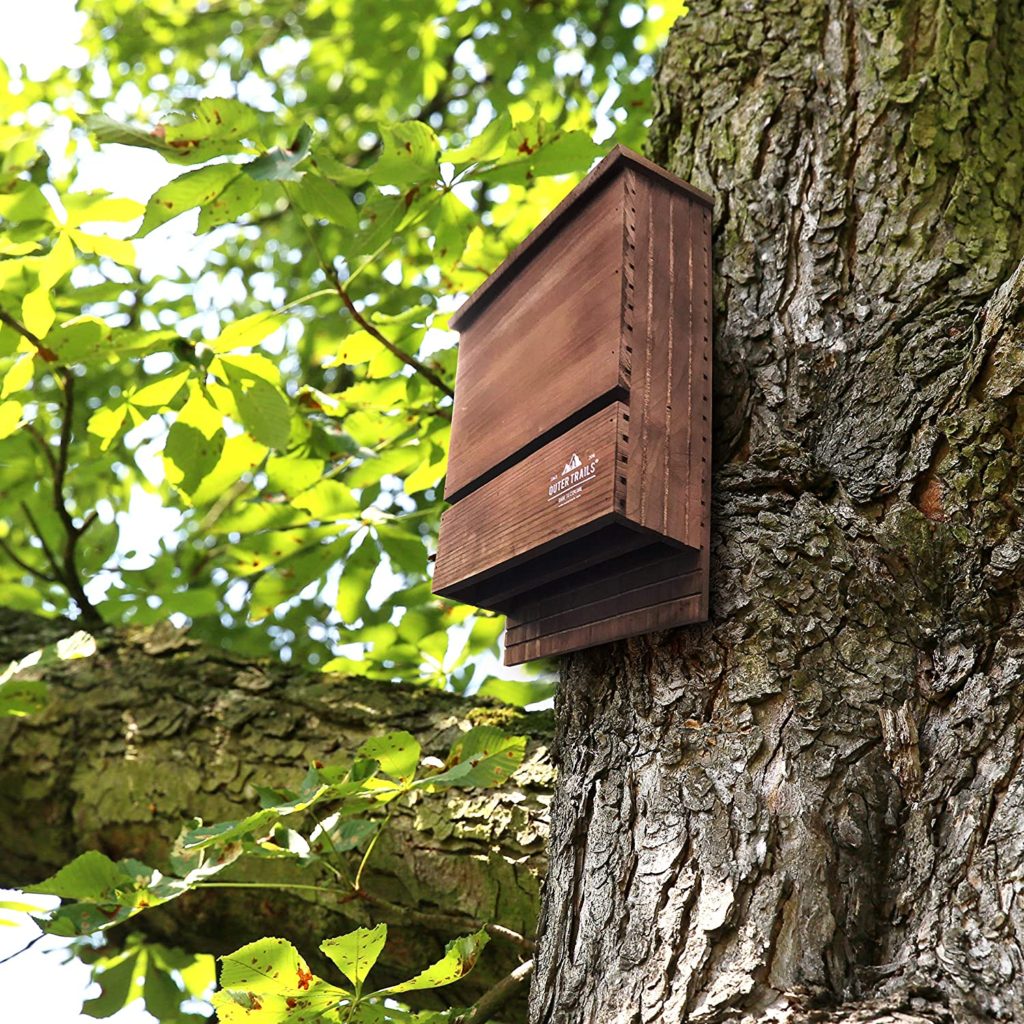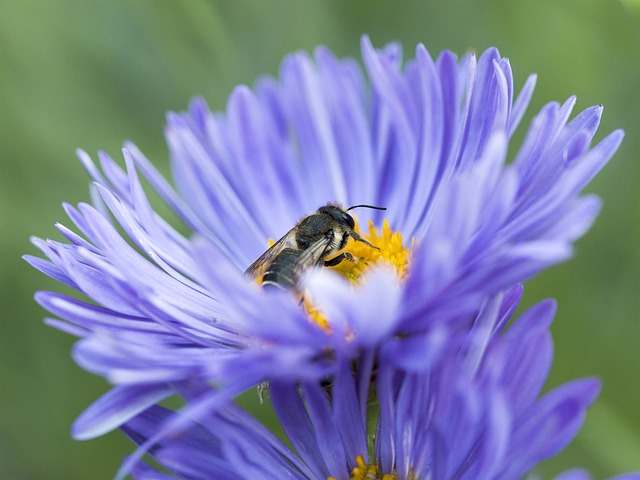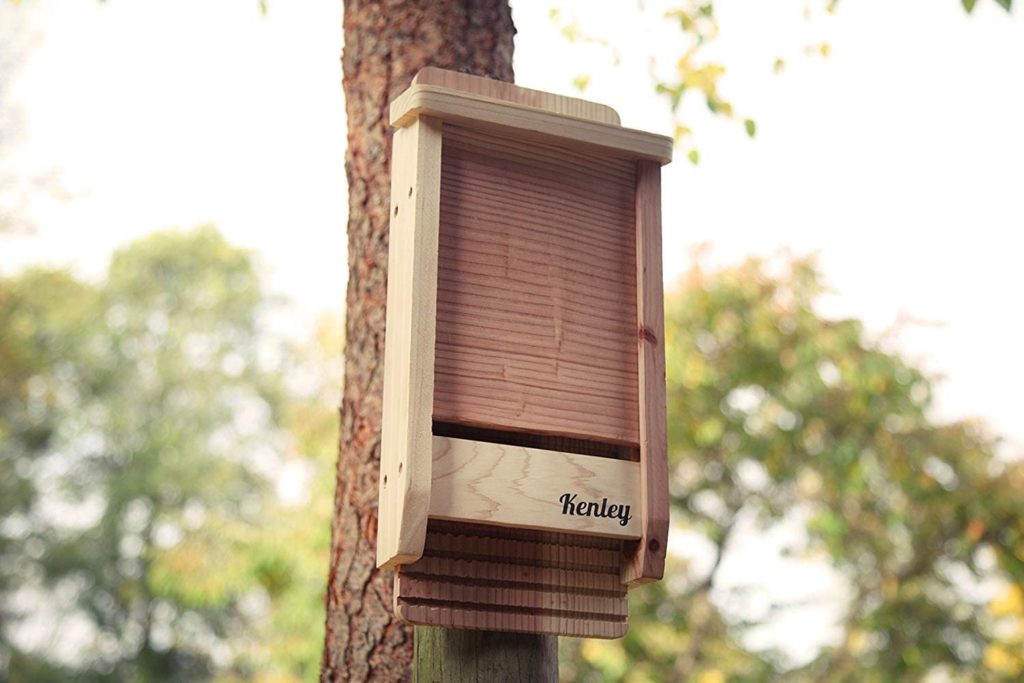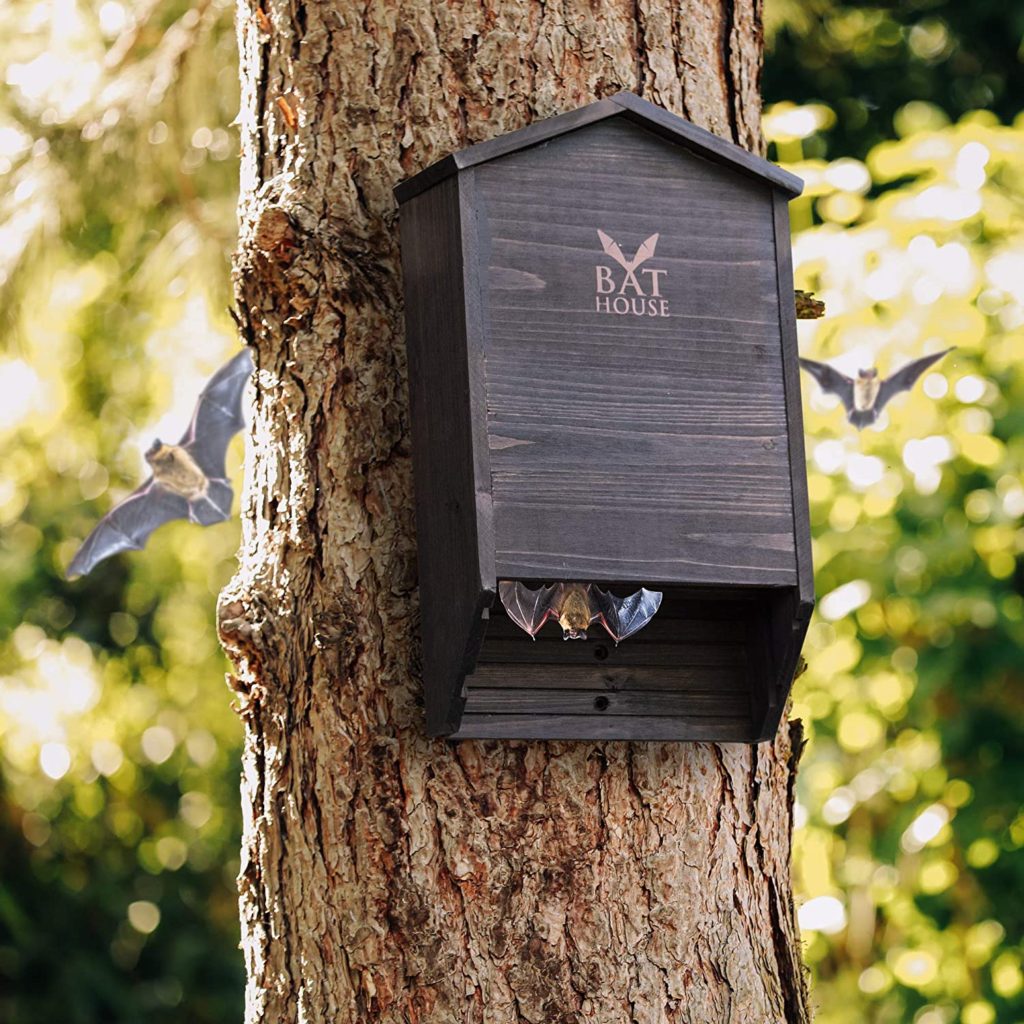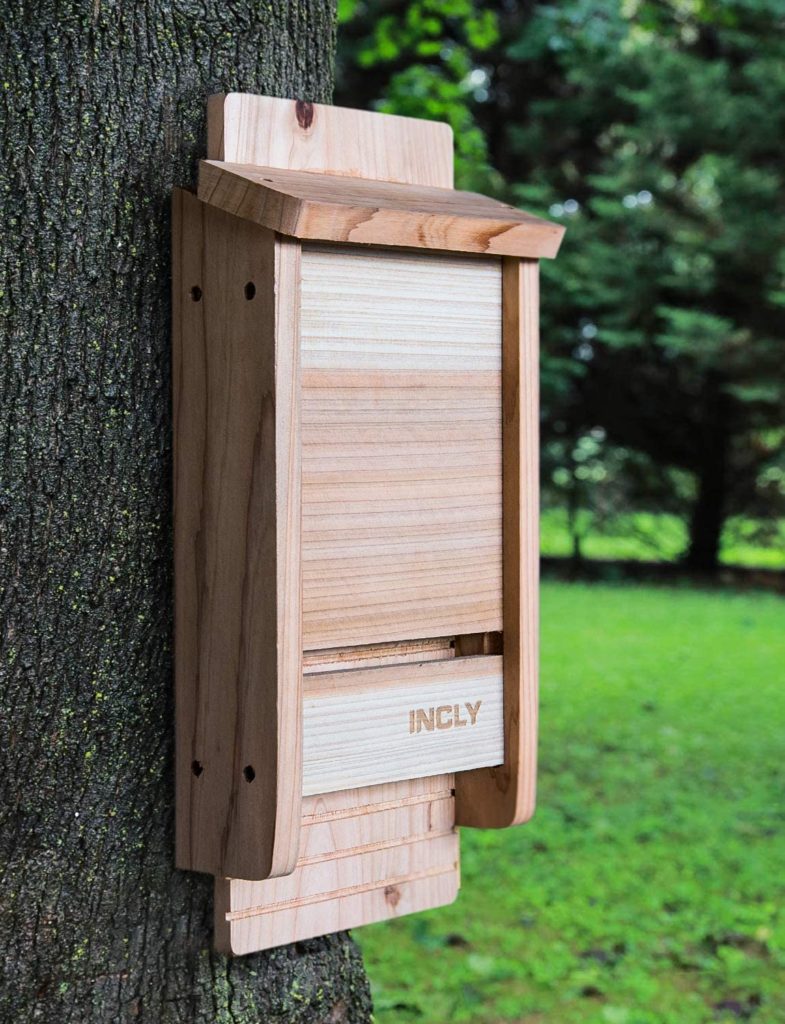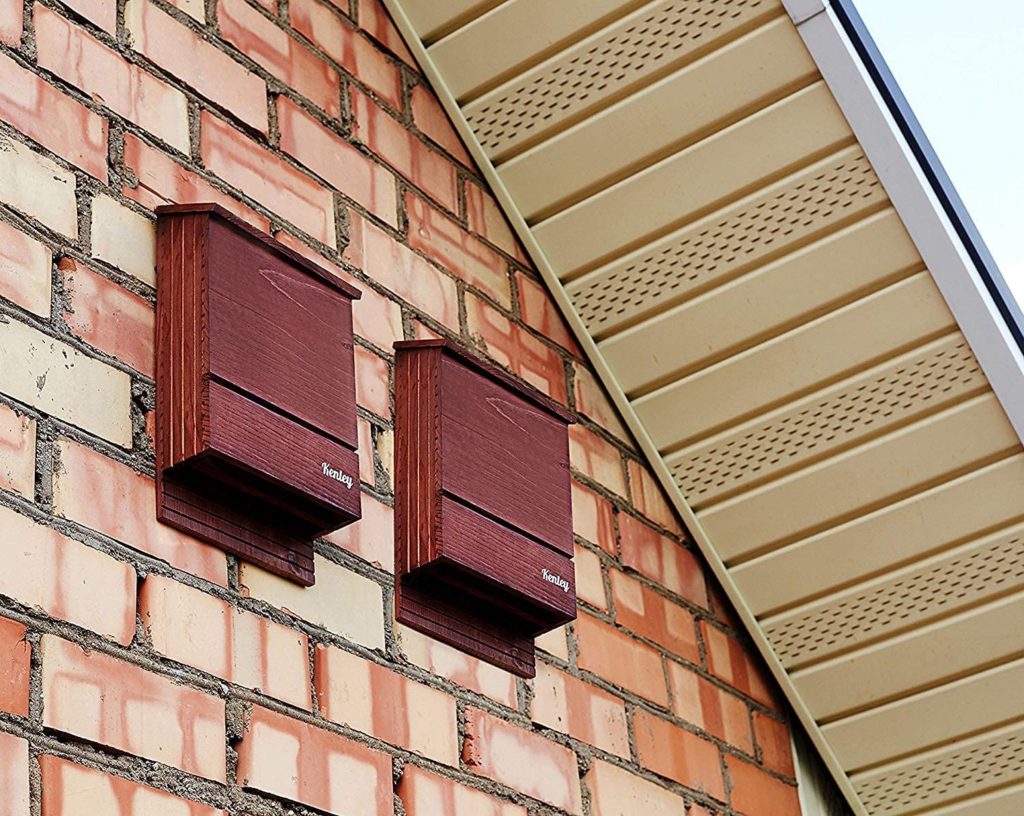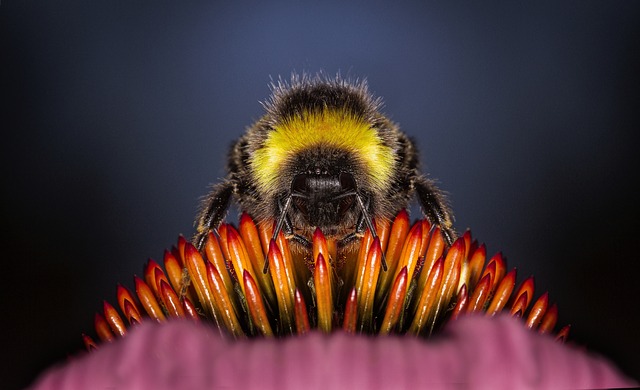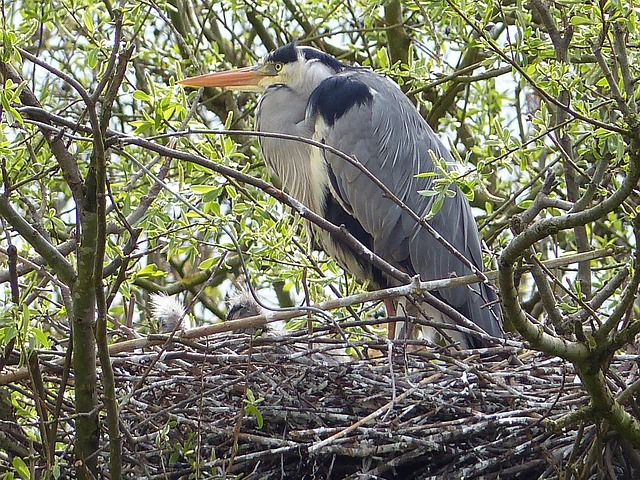
While many of us have seen great blue herons their nesting habits often remain a mystery to most people. That’s because they purposely nest in hard-to-reach places. So where do great blue herons nest? Here’s the answer.
A Colony Nester
Typically great blue herons nest in trees and alongside other herons in large colonies. A colony of herons is known as a heronry but also as a rookery. And these colonies may contain anywhere from a handful of nests to about five hundred.
However, around one hundred and fifty nests is more average. While colonies are normally made up of only great blue herons they may also include other species of herons too.
An interesting great blue heron fact is that while they do prefer to nest in large numbers they only like to eat alone. They are highly territorial over their feeding area. And this actually the reason that heron decoys are so effective when used to keep these fish-eating birds away from backyard ponds.
Where Do Great Blue Herons Nest?
When it comes to location colonies are usually situated close to feeding areas such as lakes and other wetlands. While not many animals eat herons there are several that will eat heron eggs along with very young herons.
Therefore the nests themselves are often in hard-to-reach spots such as on islands and in trees located swamps. Nests are often also built very high up in trees, such as a hundred feet or higher, and usually with many different nests in the same individual tree.
Although not all blue herons do nest in trees, some herons may nest on the ground, on artificial platforms, on the edges of cliffs, on beaver mounds, on channel markers, in mangroves, reeds, or on cacti.
When Do Great Blue Herons Nest?
Great blue herons nest after the winter months which may be anywhere from December through March depending on the climate. Birds in warmer climates generally nest earlier while those in cooler climates nest later.
Nest-Building And Egg-Laying
Herons often return to nest in the same location year after year and sometimes the same nest if it hasn’t been destroyed. Although damaged nests may be repaired and reused. The nests are built by the male heron which collects sticks from trees, the ground, and also other nests.
They are then presented to the female bird which weaves them together. Nests are lined with materials such as dried grass, leaves, moss, pine needles, and twigs which function as cushioning. The total construction can take a few days to a few weeks.
And nests that have been re-used over many years may over time become several feet wide and deep. The female will lay between three to six eggs that are light blue in color. These will hatch in about a month and the chicks will remain in the nest until they are about two months old.
Start Shopping for Birding Supplies!
How Does A Heron Catch Fish?
The great blue heron is well-known for its looks but also its fish-catching abilities. Whether in the wild or someone’s backyard pond these large birds are master hunters. So how does a heron catch fish? Here’s what you’ll want to know. Built For Success While herons...
What Direction Should A Bat House Face?
Buy on Amazon Bats are very particular when it comes to whether or not they will move into a bat house. One of the most important factors is the temperature inside, which will be strongly influenced by the direction that the house is facing. So what direction should a...
When To Put Up A Bat House
Buy on Amazon Bats can be a big benefit to your yard. But they can be picky when it comes to where they actually decide to roost. Knowing when to put up a bat house can help to tip the odds in your favor. Basic Seasonal Bat Behavior Many people don’t realize that in...
Bat Attractant: The Secret Weapon For Bat House Success
Buy on Amazon Purchasing a bat house is easy, however, having a colony of bats take up residence inside it is sometimes another story. To tip the odds in your favor using bat attractant can help. Here’s what you’ll want to know when considering using it. Bat House...
How To Attract Bats To Your Bat House
Buy on Amazon Having bats in your yard offers many fantastic benefits. So it’s no wonder that more and more people are installing bat houses in an attempt to get them to stay. However, you’ll first need to know how to attract bats to your bat house if you want them to...
The Buzz About Bee Gardens
Chances are if you’ve been paying even a little bit of attention, you’ve heard about the “beepocalypse.” Depending on the source, you’ve likely seen varying levels of concern. While some experts are simply following the phenomenon, others are downright alarmed....
What Does A Bat House Look Like?
Buy on Amazon Bat houses are shelters made specifically for bats. These flying mammals have special needs that houses are designed to meet. So what does a bat house look like? Well, read on and find out! Bat House Designs Houses for bats actually look like boxes. For...
What Is A Bat House?
Buy on Amazon What is a bat house? And better yet, why would you want one on your property? These are both commonly asked questions. Whether you’re just curious or have always wanted to have bats in your yard here’s what you’ll need to know. Bats are nocturnal...
The Top Bat House Benefits
Buy on Amazon A bat house is a specially designed shelter for bats. It provides them with a safe and convenient place to sleep. While they are great for the bats, there are many bat house benefits you can enjoy as well when you have one in your yard. Keep Bats Out Of...
Where To Put A Bat House
Buy on Amazon Where to put a bat house is an important decision. If it’s not in an appropriate spot, you may be putting your resident bats in danger. Or you may end up with an empty house since no bats are interested in living in it. So you’ll need to know a few...
Beneficial Garden Insects And Creatures Often Confused For Pests
There are many animals that we consider to be pests. However, many of them actually perform critical tasks and help to control the populations of much more devastating species. The following beneficial insects and creatures are ones you’ll want to keep around....
